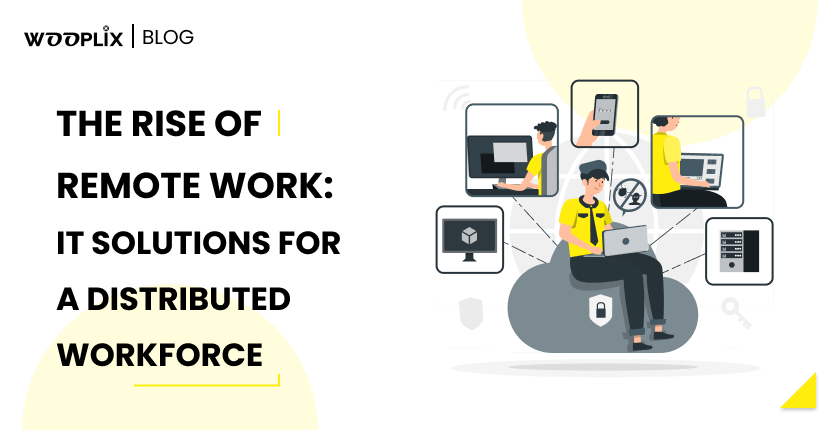Introduction
In the fast-paced evolution of the modern workplace, a profound shift has taken place in recent years, one that has redefined how businesses operate and employees engage in their work. At the forefront of this transformative wave is the unmistakable rise of remote work, a trend that has reshaped the traditional concept of the office and introduced novel dynamics to professional life. The catalyst for this paradigm shift lies in the remarkable flexibility and efficiency that distributed workforces offer. No longer confined by the constraints of physical office spaces, organizations are increasingly recognizing the potential for greater adaptability and productivity through remote work arrangements. This recognition, in turn, has driven businesses to reevaluate their strategies and adopt cutting-edge technologies to support and optimize the remote work experience. As we navigate through the pages of this blog post, our focus will be on unraveling the multifaceted aspects of the surge in remote work. We will delve into the challenges that organizations face when embracing this new normal, while also exploring the myriad of opportunities that arise from reimagining the traditional workplace structure. Moreover, we will shed light on innovative IT solutions that serve as the bedrock for a thriving distributed workforce, offering practical insights and strategies for businesses seeking not just to adapt, but to excel in the dynamic landscape of remote work. The journey ahead promises to be both enlightening and empowering as we uncover the key dynamics shaping the future of work in our interconnected, technology-driven world.

